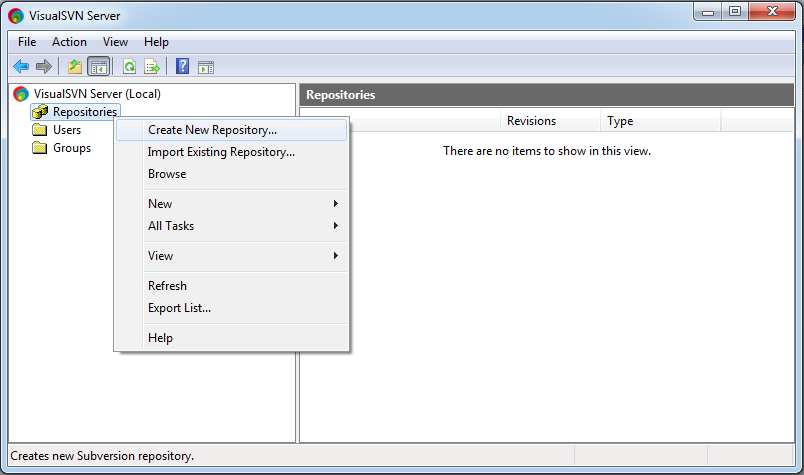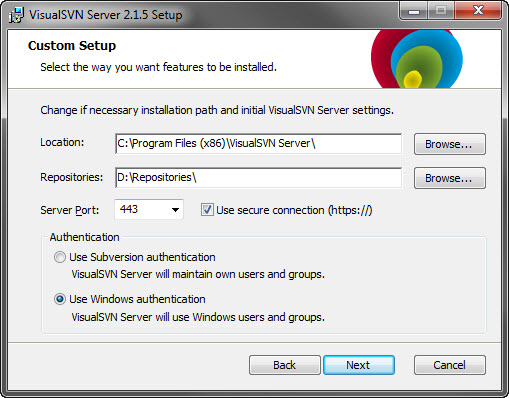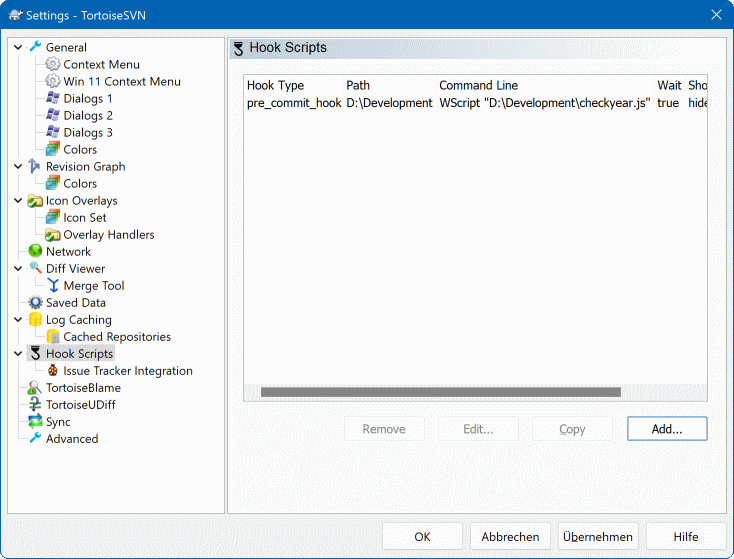

Downloads - Learn how to download and install the right Subversive version for your OS platform, Eclipse and SVN environment.You can use the new SVN functionality in Eclipse by installing the Early Access version of Subversive.Īre you new to Subversive? Use the following resources to install Subversive and learn how to use it to work with projects stored in SVN repositories. Subversive evolves together with the Subversion project to provide Eclipse users with the features that appeared in new versions of the SVN implementation. The project follows all Eclipse guidelines and requirements to deliver a quality SVN team provider plug-in similar to CVS and Git implementations. Subversive is an official Eclipse project and an integral part of Eclipse Simultaneous releases. In particular, Subversive can show the SVN repository content grouped by the logical structures of trunk, branch and tag and display changes on a visual revisions graph.

Subversive includes several features that extend functionality of the standard SVN client.

Subversive is designed to be used as a full-featured SVN client, so you can update, commit, merge changes, work with SVN properties, view change history and perform other operations with SVN directly from the Eclipse environment. Subversive plug-in provides access to Subversion repositories from the Eclipse workbench. Today, the Subversive project consists of the Subversive plug-in for Eclipse developed as an Eclipse open-source project and the Subversion connectors (used for communication with SVN) developed as an external open-source project on. The project was started in 2005 by the Polarion company as an open-source project and was migrated under Eclipse umbrella as an official Eclipse project in 2007. Using the Subversive plug-in, you can work with projects stored in Subversion repositories directly from the Eclipse workbench in a way similar to work with other Eclipse version control providers, such as CVS and Git.

The Subversive project is aimed to integrate the Subversion (SVN) version control system with the Eclipse platform. # Otherwise copy the source file to the destination.Eclipse Subversive - Subversion (SVN) Team Provider # If the destination file is a directory and it doesn't exist create it # Concatenate the filename with the source and destination directories # Import filelist.csv created with these commands at a command prompt: # Check if destination repository directory exists, if not create it # Source & destination repository directories # use the command "Set-ExecutionPolicy RemoteSigned" in the powershell # - If you get an error about permissions when you try to run the script, # - The first line of filelist.csv is "File" without quotes, this is # and is in the base directory of the source repository. # - A file named filelist.csv was created by running: # - No crazy file names with "\" in them!
VISUAL SVN CLIENT CODE
Take the code below and paste it into a file called reposcopy.ps1: # Assumptions / Notes: At this point filelist.csv should have "File" on the first line followed by every file versioned in your svn directory listed on individual lines. The third command runs the svn list command and redirects the output to append to filelist.csv. The second command creates filelist.csv with the first line containing the word "File". in WinXP.įrom the command prompt run the following commands: cd C:\source_repos\ This can be done through the Accessories start menu folder or by running "cmd" from search box in Vista/Win7 or the Run. For the example I am about to explain the original repository directory is C:\source_repos\ and the new repository directory is C:\dest_repos\. I spent some time playing with Powershell and figured out how you could do this. Once you have that list you can copy them to another directory and batch-commit them to a new repository.Ĭombining that command with some Powershell magic would probably make the task of recreating the repositories as painless as possible. That command will recursively list all files that are versioned by SVN in the current directory. Unfortunately, I don't have a fully automated solution for you but one way to figure out what files are versioned in a repository is using the list command with the command-line tool: svn.exe list -R


 0 kommentar(er)
0 kommentar(er)
